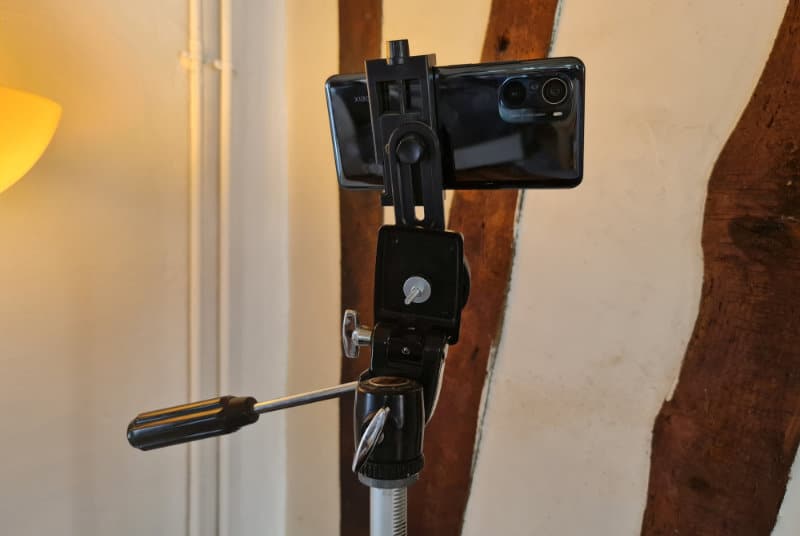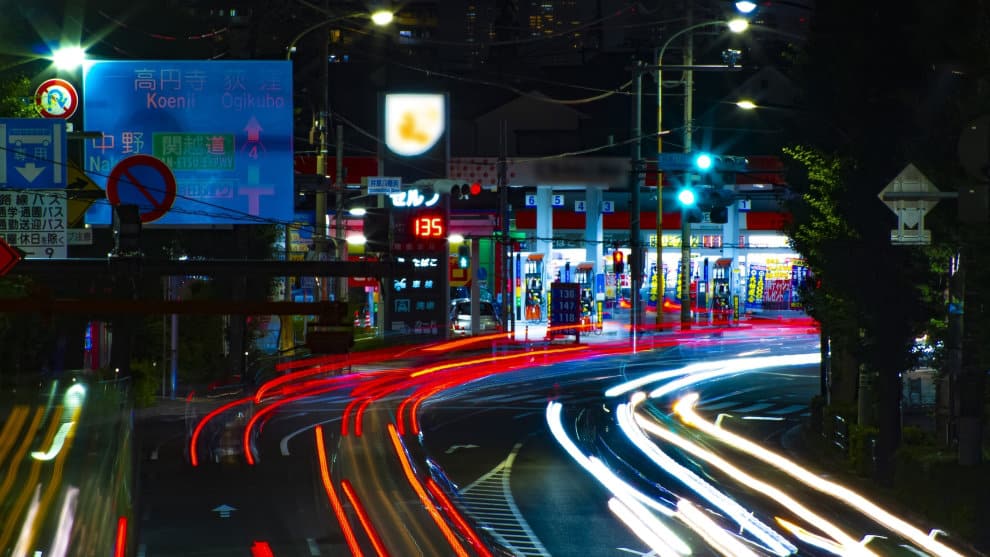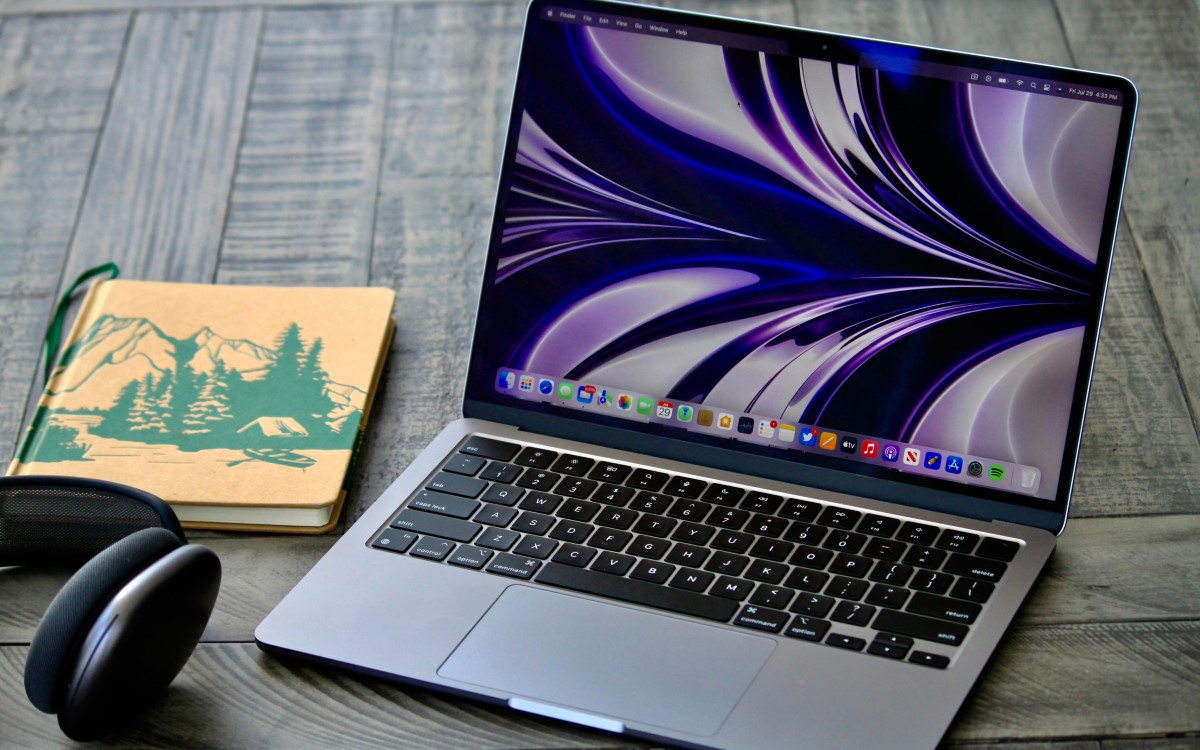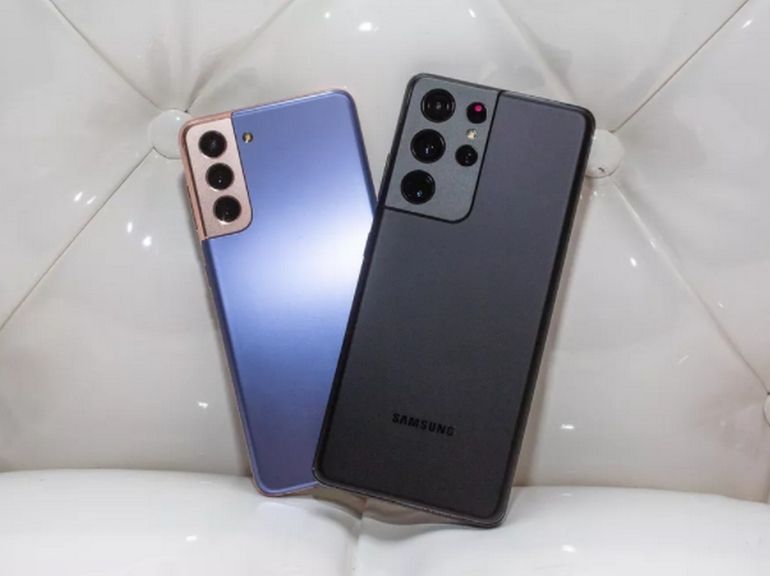Timelapse and Slow Motion video modes on a smartphone: how does it work?
The “timelapse” will take a snapshot every X seconds to make a video with an accelerated effect while the slow motion will take several photos in a short time to suspend time. Let’s see that …
Even if your device is old, you must necessarily have these two features built into your photo app. Of course, depending on the range of your smartphone, the results will be different: a Galaxy S21 Ultra or a OnePlus 9 Pro will necessarily do better than a Xiaomi Redmi 9 or a POCO M3. You will find these features in the video part of your photo app or in a Plus or Pro section.
You will find the Timelapse option in the Video section of your photo app or in the More. This also applies to Slow Motion.
Contents
Read also: Film the front / back camera simultaneously: the Dual View
What is the Timelapse?
Let’s start with the Timelapse, which sometimes translates to Accelerated or by Time interval. The camera will take a photo every 10 seconds, 2 minutes, 5 minutes… Once compiled as a video, you will therefore have an accelerated effect. It’s great for filming a crowd, clouds, sunset, traffic, moving people, etc. Of course the time interval is adjustable, but for simplicity, the application will give you an indication in speed multiplier. For example on Xiaomi under MIUI 12 (Xiaomi Mi 11i, Mi11 Lite), we can go from x4 to x1800 (with this type of acceleration, we can even film a growing plant, but beware of the battery).
At Samsung, under One UI 3, you can choose from x5 to x60 (and x15 or x45 at night on the Galaxy Note20 Ultra). For the Asus Zenfone 8 it will be x30 to x300 and x5 to x120 on the Google Pixel 4a 5G. For best results, your device should be placed in a fixed position. During recording, the screen will not go to sleep, but it will be displayed in black in part to avoid unnecessary energy consumption.

Slow motion mode: movement down to the last detail
What about slow motion? It is exactly the opposite! For the camera, this involves taking the most shots per second to detail a movement as much as possible: children who jump, a drop of water that falls, a blown out candle, snow, athletes, animals, etc.
The results will be different depending on your smartphone. Where an old Redmi Note 7 will not be able to go beyond 120 fps in 720p, a high-end device will be able to offer 4K at this rate and even HD in 240, 480 and even 960 fps. The scene must be well lit since the speed of the photo capture will be to the detriment of the light capture. Here too you can use a tripod or a fixed position, but this is not necessary. Most of the time, these slow-motion videos are limited in length due to the processing power involved. Try to be efficient and try several times!



